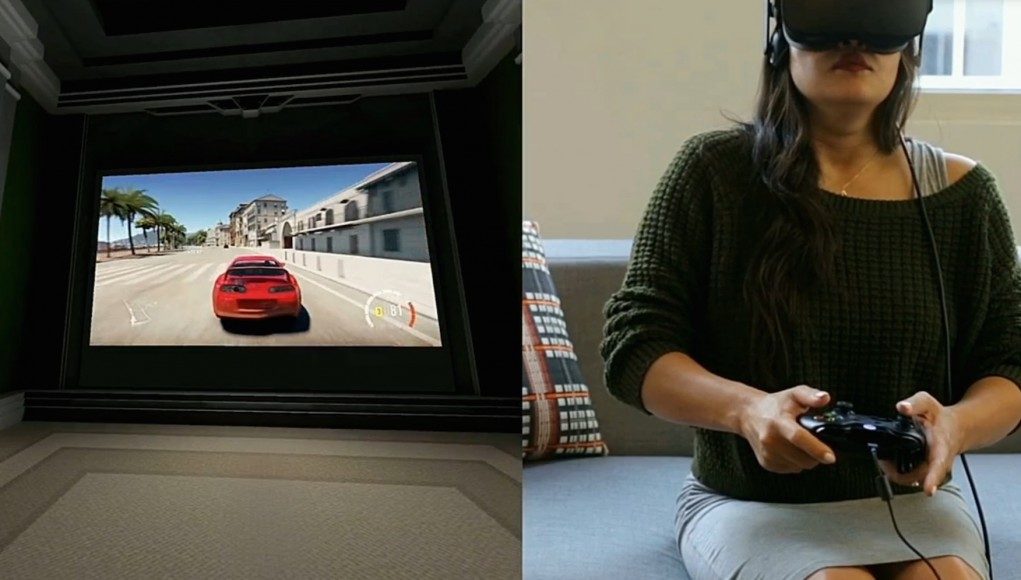At Oculus’ special event in San Francisco today, Phil Spencer, Head of Xbox at Microsoft – announced a close partnership with Oculus to offer VR streaming of Xbox One games and native Windows 10 support for the Oculus Rift.
Phil Spencer, Head of Xbox at Microsoft, has just announced as part of an Oculus special event that the two companies are working closely to provide tight integration for virtual reality.
Spencer announced that their forthcoming operating system release, Windows 10, will feature native support for the Oculus Rift consumer edition, shown for the first time physically at the event. Spencer said that DirectX 12, shipping with Windows 10, will form a key part of the virtual reality landscape too.
But the surprise came when Spencer revealed a short video clip, demonstrating a gamer, Xbox One controller in hand, wearing an Oculus Rift playing an Xbox One game within a virtual theater. This video it transpires was to demonstrate Windows 10 VR streaming to the Oculus Rift. Leveraging technology announced recently by Microsoft, it allows you to play your favourite Xbox One games within virtual reality.
It’s an intriguing move by Oculus and Microsoft and one that may well offer a bridge for average gamers, giving them the ability to play their games on a large virtual screen, potentially adding immersion along the way. It will be interesting to see how the system tackles obvious concerns over latency inherent in video streaming of this kind.







